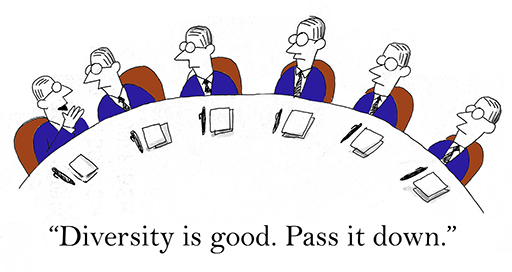2 Recognising inclusiveness and diversity
Diversity refers to demographic differences among members (McGrath et al., 1995), identity differences among group members in relation to other groups (Cox, 1993), as well as to differences in perspectives resulting in potential behavioural differences among cultural groups.
As the UK Home Office (2018) states, ‘Diversity is about recognising the value of difference’. These can be observable and non-observable differences. As Frances Milliken and Luis Martins (1996), two academic researchers, explain, gender, race, ethnicity and age are some observable differences while cultural, cognitive and technical differences are non-observable.
Although this exploration of diversity is enlightening, it highlights mostly the need to observe differences among people. Michalle E. Mor Barak (2017), an academic researcher, emphasises the need to utilise differences. Diversity allows you to embrace and use the different ideas, perspectives, expertises, life experiences and cultural backgrounds that people bring in a task, team, organisation or community. It is about empowering people by respecting and appreciating what makes them different.
Teams can be beneficial because members’ different knowledge base, perfectives, expertise and backgrounds bring informational diversity. Societies, organisations and teams, however, often fail to fully unitise informational diversity because of issues with team formation and information exchange. More particularly, instead of harnessing the benefits of diverse teams by including individuals with different expertise, opinions and viewpoints, societies, organisations and teams tend to select team members based on similarity and proximity. But this should not surprise us, as Barak (2017) explains, our natural inclinations when choosing teammates hinders our ability to harness the benefits of diversity.

